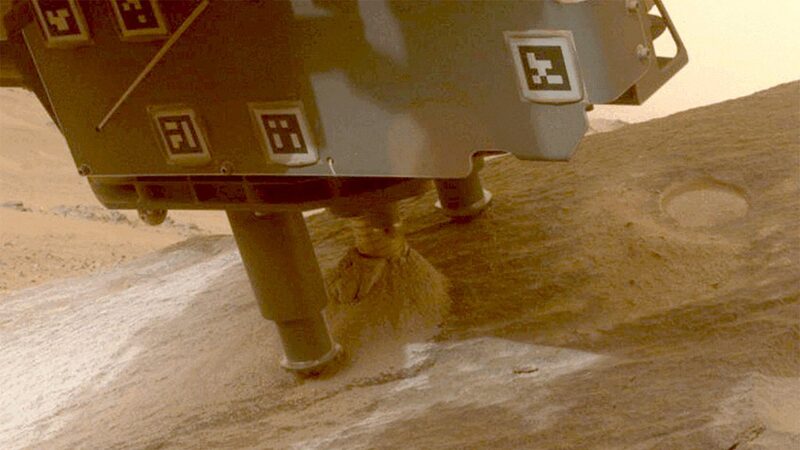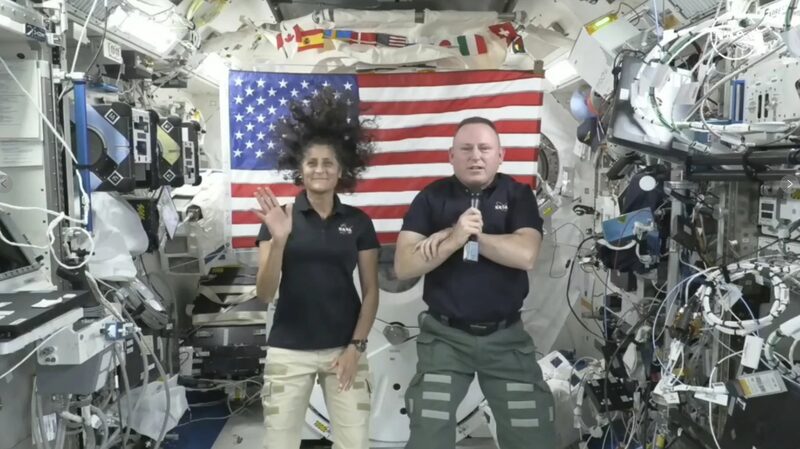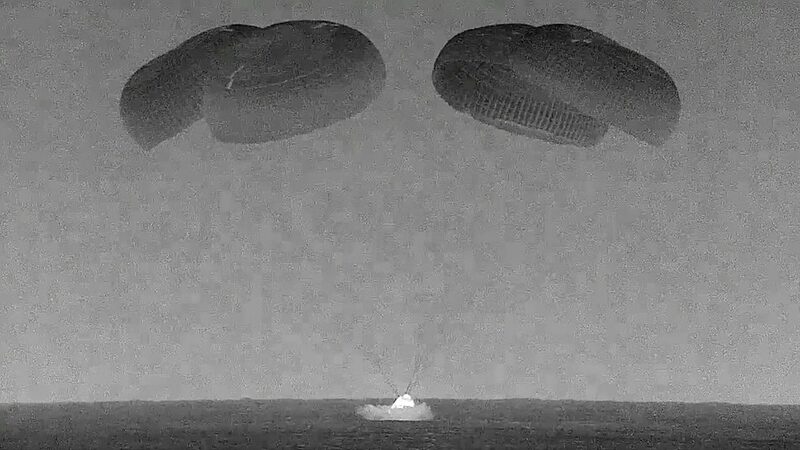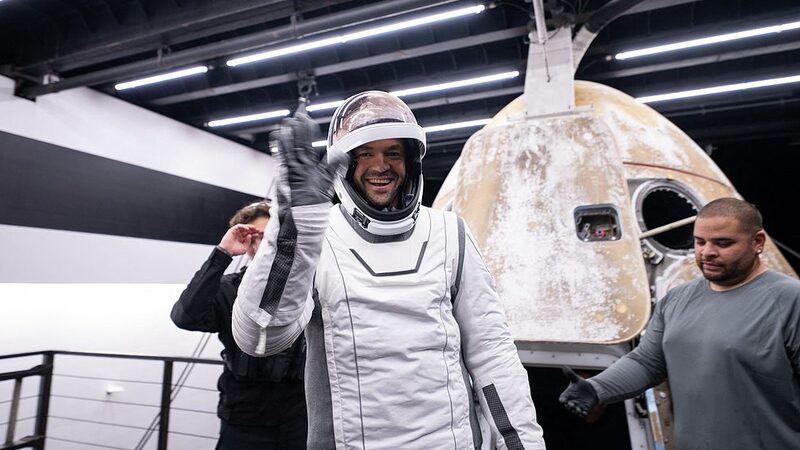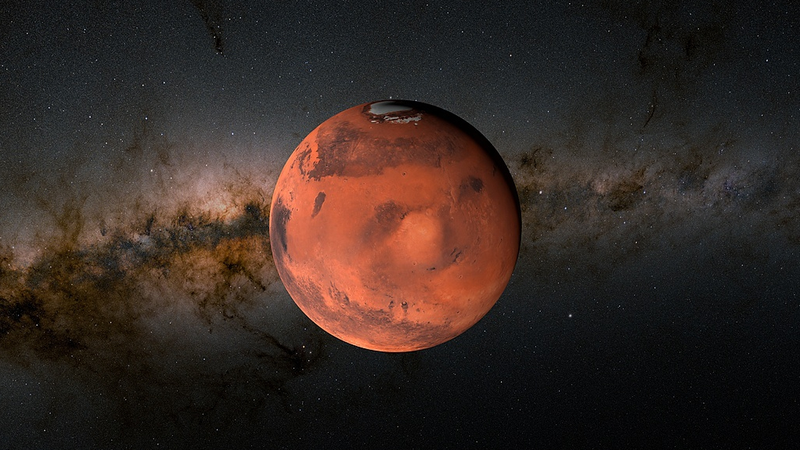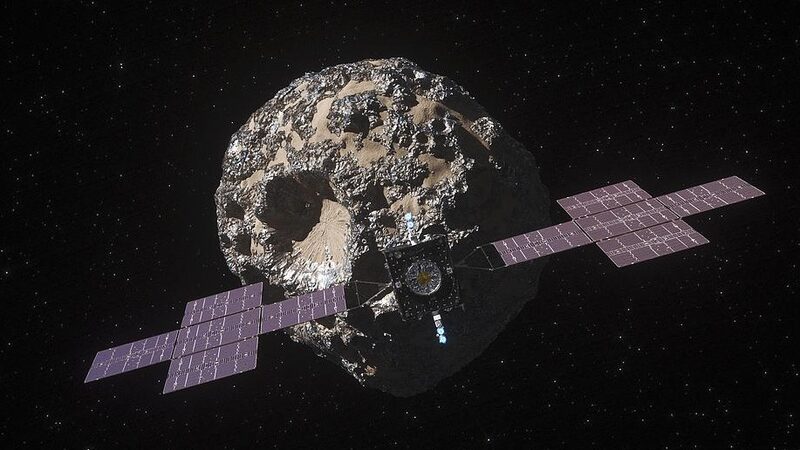The four-member crew of NASA’s first simulated Mars habitat has emerged after a yearlong mission that never left Earth’s surface, marking a significant milestone in the pursuit of human exploration of the Red Planet.
On July 6, the Crew Health and Performance Exploration Analog (CHAPEA) team exited the 3D-printed habitat at NASA’s Johnson Space Center in Houston, concluding a mission that began on June 25, 2022. The crew—Commander Kelly Haston, Science Officer Anca Selariu, Flight Engineer Ross Brockwell, and Medical Officer Nathan Jones—spent over 12 months living and working within the simulated Martian environment.
Throughout the yearlong simulation, the crew lived within a 1,579 square meter (17,000 square feet) habitat designed to replicate the conditions of a Mars mission. They conducted simulated spacewalks, known as “Marswalks,” grew and harvested vegetables to supplement their provisions, and maintained the habitat and equipment. The team dealt with challenges akin to those expected on a real Mars mission, including limited resources, isolation, and communication delays of up to 22 minutes with mission control.
According to Steve Koerner, deputy director of Johnson Space Center, the crew’s experimentation focused significantly on nutrition and its impact on performance. “The work was crucial science as we prepare to send people on to the Red Planet,” Koerner said. “They’ve been separated from their families, placed on a carefully prescribed meal plan, and undergone a lot of observation.”
Emerging from the habitat, Flight Engineer Brockwell reflected on the importance of sustainable living. “I’m very grateful to have had this incredible opportunity to live for a year within the spirit of planetary adventure towards an exciting future, and I’m grateful for the chance to live the idea that we must utilize resources no faster than they can be replenished and produce waste no faster than they can be processed back into resources,” he said. “We cannot live, dream, create, or explore on any significant time frame if we don’t live these principles, but if we do, we can achieve and sustain amazing and inspiring things like exploring other worlds.”
Science Officer Selariu addressed the question she had been asked many times: why go to Mars? “Because it’s possible,” she said. “Because space can unite and bring out the best in us. Because it’s one defining step that ‘Earthlings’ will take to light the way into the next centuries.”
NASA has two additional CHAPEA missions planned, with future crews continuing to conduct simulated spacewalks and gather data on factors related to physical and behavioral health and performance. This research is considered vital as NASA prepares for the challenges of sending humans to Mars.
Reference(s):
Crew of NASA's simulated Mars habitat on Earth emerges after a year
cgtn.com
